Beowulf is an epic poem from the Anglo-Saxon period, a time in early medieval England from the 5th to the 11th centuries. The poem is set in Scandinavia and consists of more than 3,000 lines. It tells the story of the hero Beowulf, a Geatish warrior, who comes to the aid of King Hrothgar of the Danes to defeat the monstrous creature Grendel, who has been terrorizing the kingdom's mead hall.
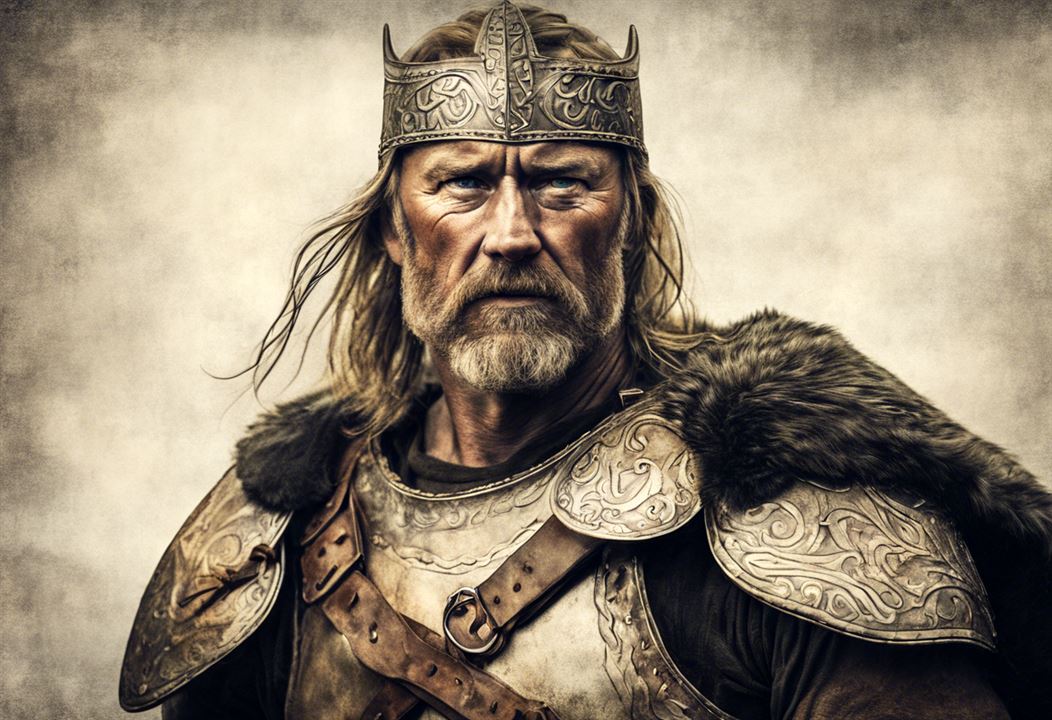
The poem, a testament to the enduring spirit of heroism, loyalty, and the struggle between good and evil, is more than just a story. Written by an unknown author, this poetic work is a rich tapestry of themes, symbols, and cultural insights that will leave you in awe of the heroism of Beowulf.
This article delves into a detailed analysis and summary of "Beowulf." We'll explore its plot, characters, poetic structure, and the symbolism behind its verses.
Summary
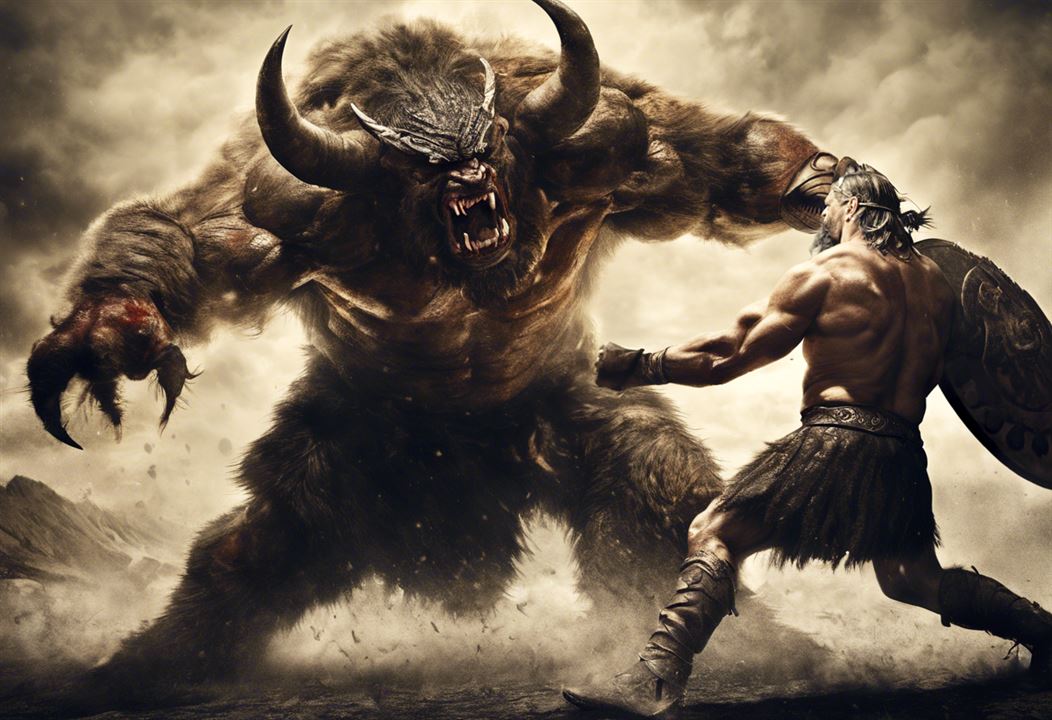
The First Battle: Beowulf vs. Grendel
After the brief intro, the narrative shifts to the present, where King Hrothgar's mead hall, Heorot, a symbol of prosperity and communal harmony, is attacked by the monster Grendel. Beowulf hears of the troubles in the land of the Danes and decides to help King Hrothgar. Upon arriving in Denmark, Beowulf and his men are welcomed by Hrothgar, and Beowulf vows to defeat Grendel. The king accepts Beowulf's offer, and a feast is held in the warrior's honor.
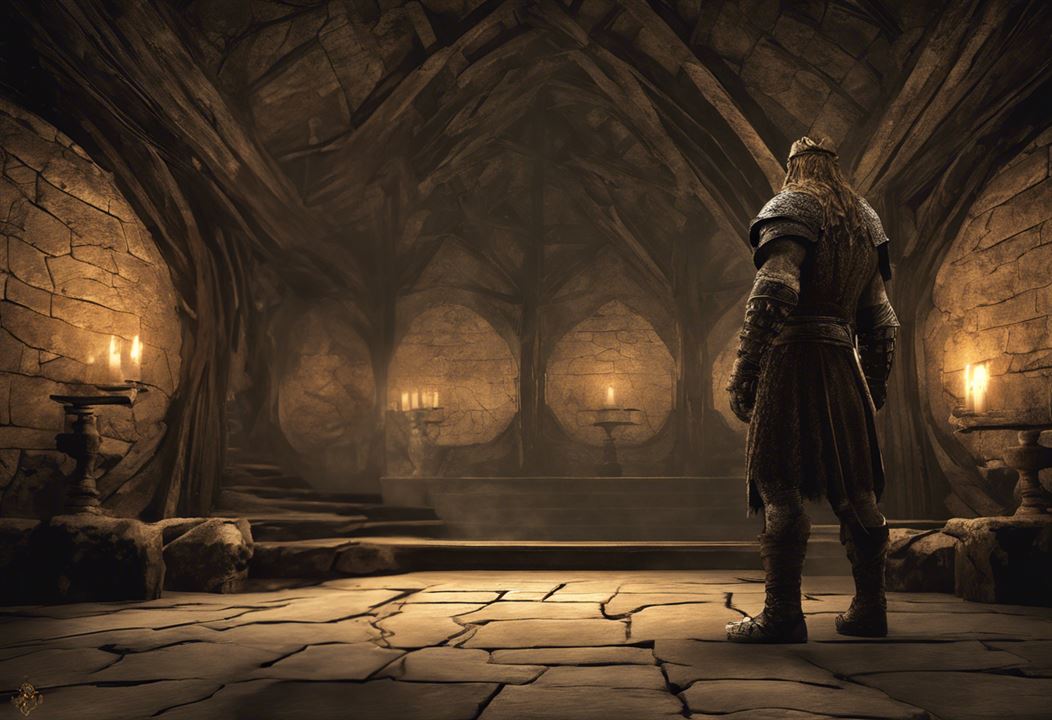
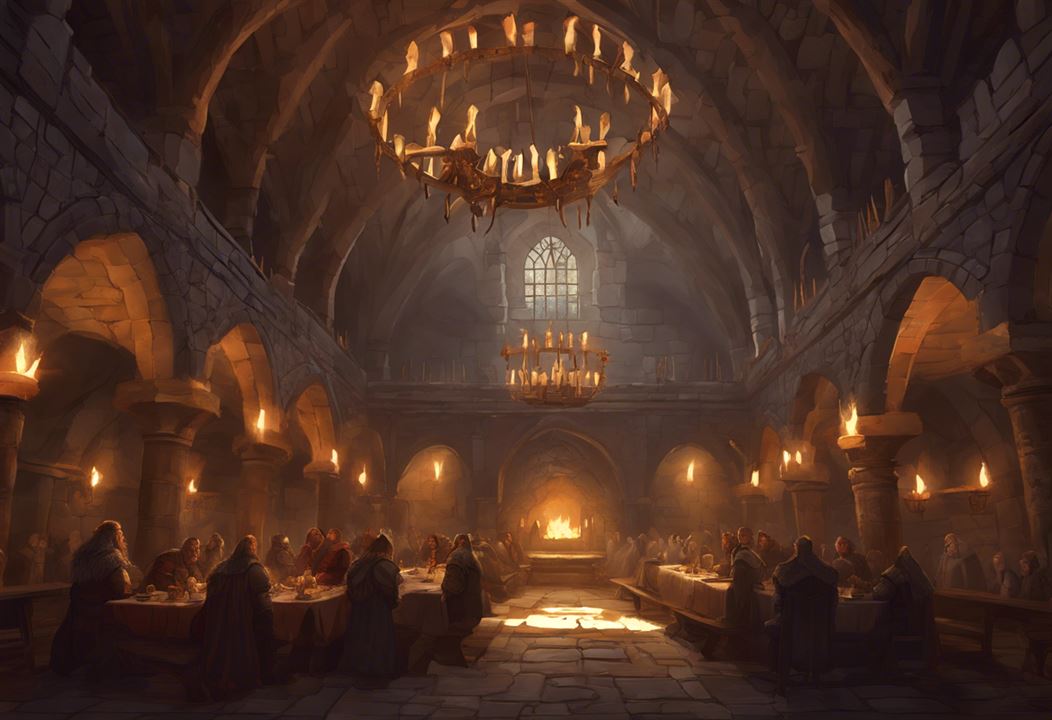
That night, Grendel attacks Heorot. Beowulf manages to mortally wound Grendel after a fierce battle, who flees back to his lair and dies.
The Second Battle: Beowulf vs. Grendel's Mother
The second part of the poem focuses on Grendel's mother, who seeks revenge for her son's death and attacks Heorot. Geatish warrior Beowulf ventures into her underwater lair and brutally battles with her. After a long and arduous fight, Beowulf emerges victorious, and the kingdom is once again safe from the threat of the monsters.
Beowulf then returns to Geatland, where he eventually becomes king. His reign is peaceful until a dragon begins to terrorize his kingdom.
The Third Battle: Beowulf vs. The Dragon
The final part of the poem shifts forward in time, depicting Beowulf's old age and his final battle with a dragon. Despite his advanced years, Beowulf faces the dragon to protect his people. In this battle, Beowulf is fatally wounded, but he also delivers a fatal blow to the dragon with the help of a young warrior named Wiglaf. The poem concludes with Beowulf's funeral and a lament for the fallen hero.
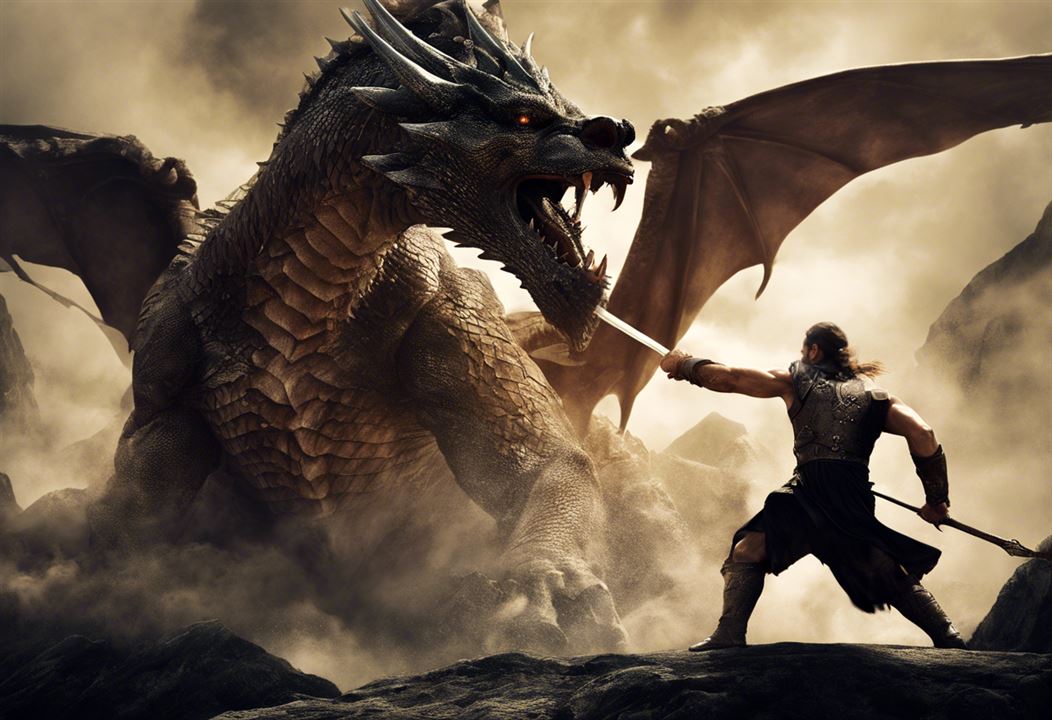
Main Characters and Their Roles
The epic poem "Beowulf" features memorable characters, each playing a crucial role in the narrative. These characters drive the plot and embody the values and beliefs of the society depicted in the poem.
- Beowulf: The titular character, Beowulf, is a Geatish warrior who embodies the ideal of the Anglo-Saxon hero. His strength, courage, and sense of duty are central to his character. Beowulf's journey from a young warrior to a wise king forms the backbone of the narrative.
- King Hrothgar: King Hrothgar of Denmark is a wise and benevolent ruler. His mead hall, Heorot, symbolizes prosperity and communal harmony. However, the peace of his kingdom is disrupted by the monster Grendel, prompting Beowulf's arrival.
- Grendel: Grendel is a monstrous creature who is a descendant of the biblical figure Cain. He is described as a powerful and malevolent being who terrorizes the mead hall of King Hrothgar, known as Heorot. His character is portrayed as a symbol of chaos and evil, representing the forces that disrupt the peace and harmony of the society depicted in the poem. Grendel's defeat by Beowulf marks the beginning of the epic's series of battles and serves as a central conflict in the narrative.
- Grendel's Mother: After Grendel's death, his mother seeks revenge, embodying the primal force of a mother's fury. Her confrontation with Beowulf forms the second major battle of the poem.
- The Dragon: The dragon in "Beowulf" is the final adversary that the hero faces. The dragon, a symbol of death and the inevitability of fate, mortally wounds Beowulf, leading to the hero's demise.
Themes and Symbolism in Beowulf
"Beowulf" is rich in themes and symbolism, reflecting the values and beliefs of the time. The poem explores heroism, good versus evil, fate, and loyalty. These themes are interwoven with the narrative, adding depth and complexity to the story.
Heroism and Valor
The theme of heroism is central to "Beowulf." The titular character embodies the ideal hero, displaying extraordinary strength and courage. His valor is evident in his battles against Grendel, Grendel's mother, and the dragon.
Good vs. Evil
"Beowulf" presents an apparent dichotomy between good and evil. The hero, Beowulf, represents good, while the monsters he fights symbolize evil. This theme reflects the moral worldview of the time.
Fate and Destiny
The concept of fate, or wyrd, is significant in "Beowulf ."The poem suggests that all events are predetermined and inevitable. Beowulf's acceptance of his fate in his final battle underscores this theme.
Loyalty and Kinship
Loyalty and kinship are also important themes in 'Beowulf.' The bonds between kinsmen and loyalty to a lord, which were highly valued in the hierarchical and warlike society of the Anglo-Saxon period, are emphasized throughout the poem. These themes reflect the social structure and values of Anglo-Saxon society.
Literary Devices and Poetic Structure
The narrative of 'Beowulf' is structured around three main acts, each centered on a significant battle. This tripartite structure not only lends a sense of balance but also keeps the audience engaged and intrigued by the progression of the narrative.
The poem employs a unique narrative technique known as interlacing. This technique involves weaving together different narrative threads, including flashbacks and digressions. It enriches the narrative, providing depth and complexity to the story. This structure reflects the oral tradition of the time and adds depth to the epic's narrative.
The language of "Beowulf" is characterized by alliteration, the repetition of initial consonant sounds, a critical poetic device in Old English poetry. This device adds a musical quality to the poem and aids in memorization, an essential aspect of the oral tradition. The poem also features kennings, compound metaphors unique to Old English. Examples include "whale-road" for sea and "sky-candle" for sun. These stylistic features contribute to the poem's rhythmic and evocative quality, enhancing its oral storytelling tradition.
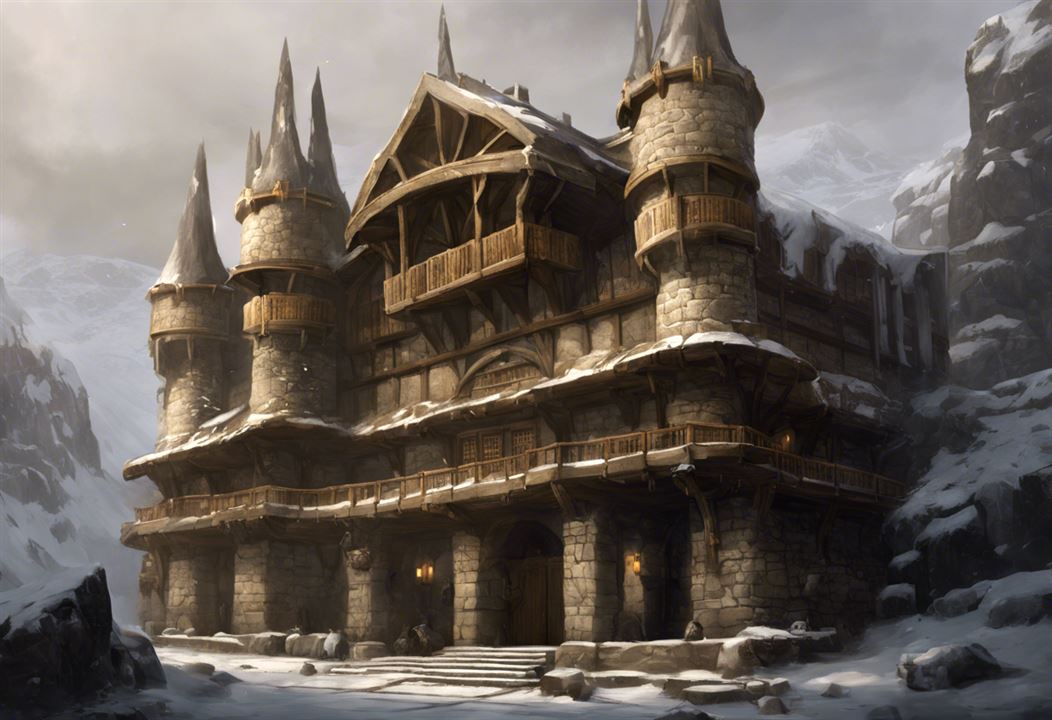
The Historical Context of Beowulf
"Beowulf" is a product of the Anglo-Saxon era, composed between the 8th and the early 11th century. The author remains unknown, adding an air of mystery to this epic poem.
The poem was first transcribed in the Nowell Codex, a manuscript that miraculously survived a fire in the 18th century. It's housed in the British Library today, a testament to its enduring significance.
The setting of "Beowulf" is Scandinavia, reflecting the cultural and historical ties between the Anglo-Saxons and the Nordic peoples. The narrative is steeped in the warrior culture of the time, with its emphasis on heroism, honor, and loyalty.
Interwoven in the poem are both Christian and pagan elements. This blend mirrors the transitional period when the poem was likely composed when Christianity was gradually replacing the old pagan beliefs. The poem's historical context provides a fascinating glimpse into this transformative era.
Beowulf's Legacy and Influence on Modern Literature
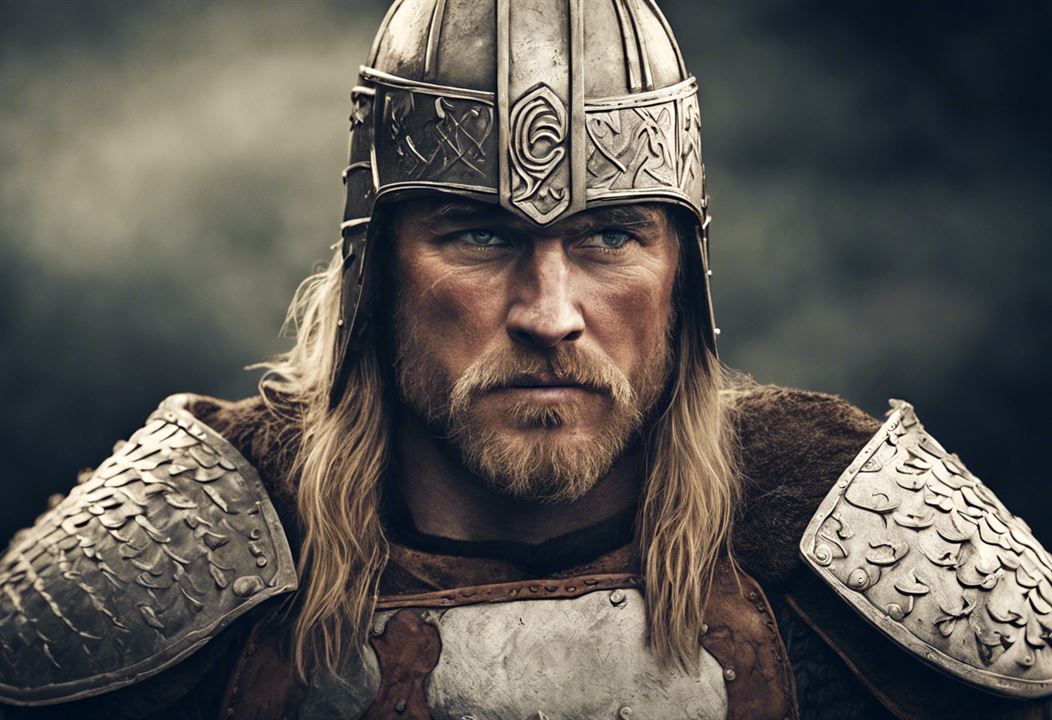
"Beowulf" has left an indelible mark on the world of literature. Its influence extends beyond Old English studies, impacting modern literature and culture. The epic has inspired numerous adaptations in various media, including films, novels, and graphic novels.
The legacy of "Beowulf" includes its significant impact on the fantasy genre. The epic's themes, characters, and narrative structure have influenced renowned authors such as J.R.R. Tolkien. The poem's blend of historical and fantastical elements continues to captivate audiences, ensuring its enduring relevance in the literary canon.
Conclusion
"Beowulf" is a rich tapestry of history, culture, and storytelling. Its intricate narrative, compelling characters, and profound themes offer a window into the Anglo-Saxon era, while its poetic structure and literary devices showcase the artistry of Old English poetry. The poem also delves into the concept of fate, the inevitability of death, and the importance of legacy and reputation.
The poem's enduring legacy and influence on modern literature attest to its timeless appeal. Overall, Beowulf is a powerful and enduring work of literature that continues to resonate with readers due to its timeless themes and compelling storytelling. It promises a rewarding journey into one of the most significant works of Anglo-Saxon literature.